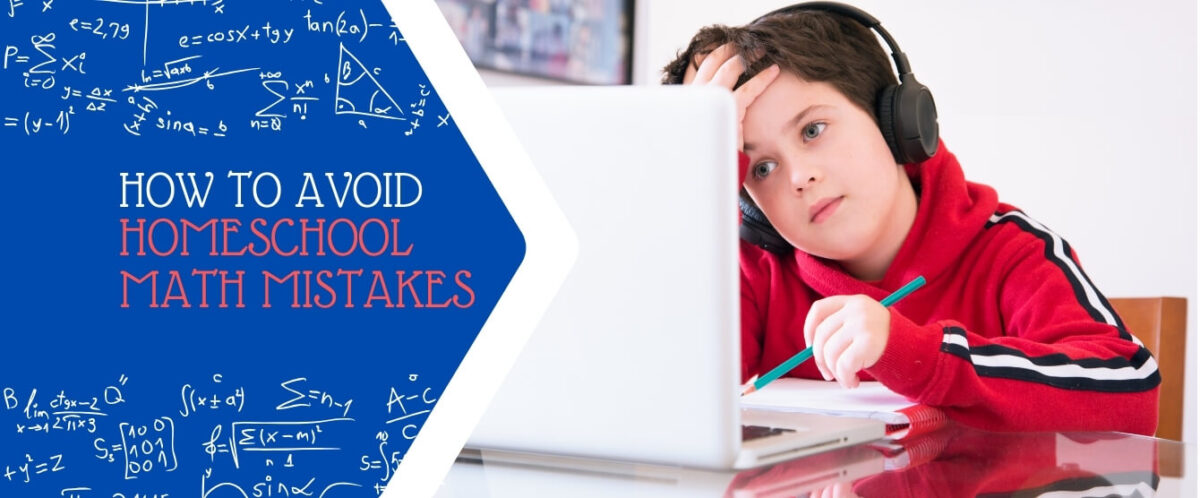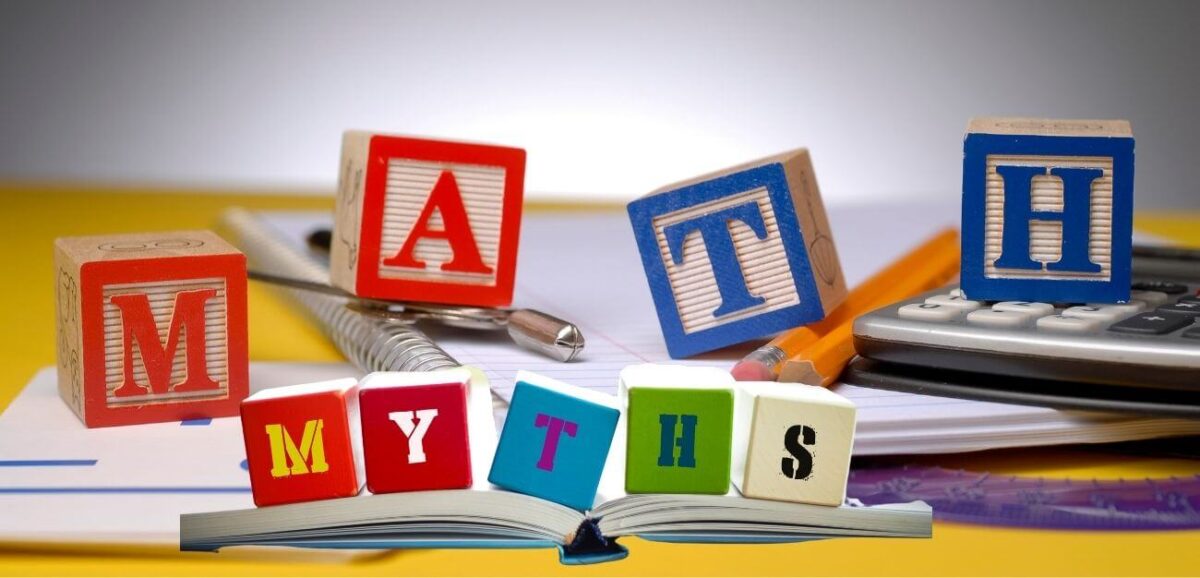Mathematics is often a daunting subject, especially when you’re tackling it from the unique vantage of a homeschooling environment. Parents who take on the brave mantle of guiding their children through the numerically intricate path of math education can face numerous challenges, but also hold the reins to steering a child’s understanding beyond rote learning […]
How To Avoid Homeschool Math Mistakes







